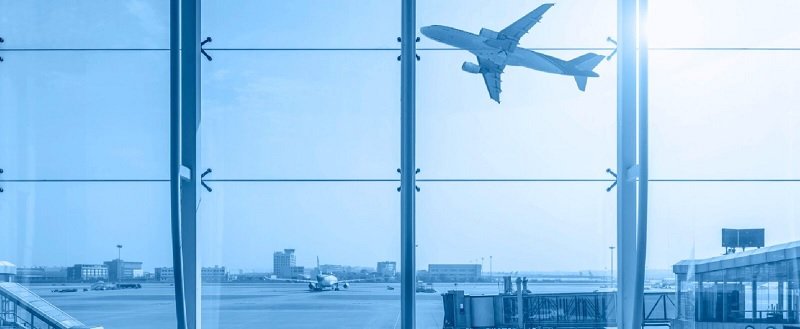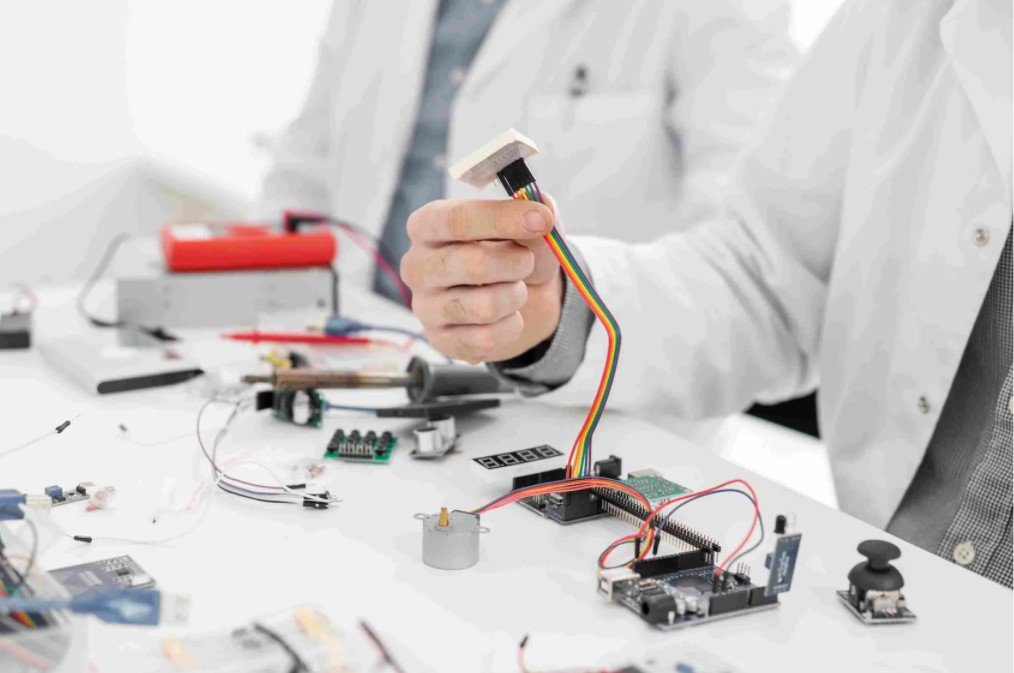The landscape of border control has evolved dramatically in recent years, driven by advancements in technology and the increasing need for enhanced security measures. One of the most significant innovations in this area is advanced X-ray imaging technology. This cutting-edge approach has transformed customs operations and security protocols, facilitating more effective inspections and a smoother border crossing experience for both goods and individuals.
Enhancing Detection Capabilities
One of the most prominent benefits of advanced X-ray imaging is its ability to enhance detection capabilities at border crossings. Traditional inspection methods often relied on manual searches, which not only consumed valuable time but also posed risks of oversight. With the introduction of advanced X-ray imaging systems, customs officials can now efficiently scan large volumes of cargo and baggage with unprecedented accuracy.
These systems employ sophisticated algorithms and imaging techniques that can identify a wide range of materials, including explosives, narcotics, and contraband. The dynamic imaging capabilities allow for a detailed analysis of the contents within containers and vehicles, providing a comprehensive view that traditional methods simply cannot match. As a result, customs agents are better equipped to detect illicit items, significantly improving border security.
Streamlining Customs Processes
Another critical aspect of advanced X-ray imaging is its ability to streamline customs processes. By automating the scanning and analysis of cargo, these systems minimize the need for labor-intensive manual inspections. This not only speeds up the overall x-ray border crossing process but also reduces wait times for travelers and transporters alike.
The integration of X-ray imaging technology into customs operations allows for a more efficient allocation of resources. Customs officials can focus their efforts on high-risk inspections, while lower-risk shipments can pass through with minimal delays. This risk-based approach not only enhances security but also promotes trade efficiency, fostering a more favorable environment for international commerce.
Cost-Effectiveness of Advanced Technology
Investing in advanced X-ray imaging technology at border crossings may initially seem like a significant expense; however, the long-term cost savings are substantial. By reducing the number of personnel required for manual inspections and decreasing the likelihood of security breaches, customs organizations can allocate their budgets more effectively.
Moreover, the faster processing of goods leads to reduced congestion at ports and checkpoints, ultimately lowering operational costs associated with delays. The financial implications of advanced X-ray imaging extend beyond just border control, as improved trade efficiency contributes to economic growth and increased revenue for governments.
Improving Safety for Customs Officials
The safety of customs officials is a paramount concern in border control operations. Traditional inspection methods often expose officers to various risks, including physical harm when handling suspicious packages or hazardous materials. Advanced X-ray imaging systems mitigate these dangers by allowing inspectors to conduct thorough checks from a safe distance.
With the ability to visualize the contents of shipments without direct contact, customs agents can identify potential threats without putting themselves in harm’s way. This added layer of safety not only protects personnel but also fosters a more effective working environment, ultimately leading to better overall performance in security measures.
Integrating AI and Machine Learning
The implementation of advanced X-ray imaging technology goes hand in hand with the integration of artificial intelligence (AI) and machine learning. These technologies enhance the capabilities of X-ray systems by enabling them to learn from previous inspections and improve their detection algorithms continuously.
AI-powered X-ray systems can analyze patterns in data, identifying anomalies that may indicate smuggling or other illicit activities. As these systems evolve, their accuracy and reliability continue to improve, making them indispensable tools in the fight against border-related crime. This integration not only speeds up the inspection process but also enhances the overall effectiveness of customs operations.
Challenges and Considerations
While the advantages of advanced X-ray imaging technology are evident, there are challenges that need to be addressed. The initial investment in equipment and training can be substantial, particularly for developing countries or regions with limited resources. Additionally, there may be concerns about data privacy and the potential misuse of imaging technology.
Customs organizations must also stay vigilant against evolving threats. As smugglers and traffickers adapt their methods, X-ray imaging systems must continuously evolve to keep pace. This requires ongoing investment in research and development to ensure that border control remains ahead of emerging security challenges.
The Future of Border Control
Looking ahead, the future of border control is likely to be shaped by the continued advancement of X-ray imaging technology. As innovations in imaging techniques and data analysis emerge, customs officials will be better equipped to manage security challenges while facilitating the flow of legitimate trade and travel.
The potential for further integration with other technologies, such as biometric identification systems and real-time data sharing across international borders, presents exciting opportunities for enhanced security. By embracing these advancements, border control authorities can create a more secure, efficient, and user-friendly experience for travelers and transporters alike.
In summary, advanced X-ray imaging technology is revolutionizing border control by improving detection capabilities, streamlining customs processes, and enhancing the safety of customs officials. As this technology continues to evolve, its impact on customs and security measures will only grow, ultimately shaping the future of border control for years to come.
Refresh Date: September 15, 2025








